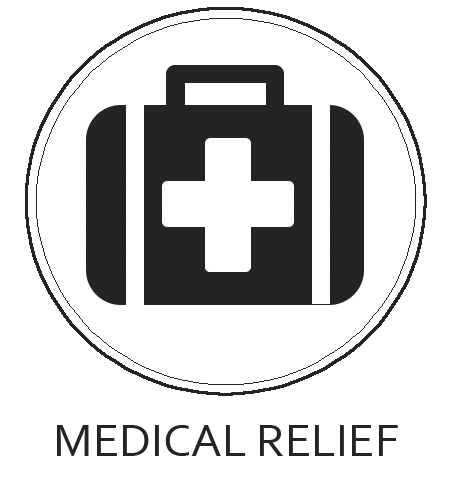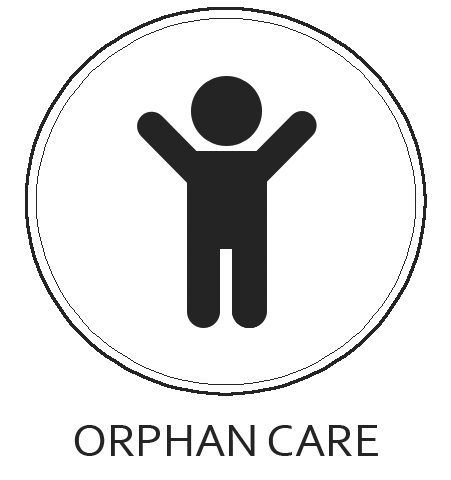The Fundamentals
Poverty
Many people from affluent countries believe that people living in poverty simply lack basic necessities and material possessions. But when the World Bank surveyed over 60,000 poor people from 60 countries around the world with the simple question, “What is poverty?,” the results were very different.
Overwhelmingly, the poor characterized poverty as a lack of hope. They relayed feelings of shame, inferiority, and powerlessness. They felt that they were trapped in an endless cycle and would always remain poor. Poverty isn’t just about a lack of money and things; it’s about broken relationships – with others, with self, with God, and with the rest of creation. From this perspective, we all have elements of poverty in our lives – poor, affluent, and everyone in between.
Stages of Intervention
The same approach to poverty alleviation is not appropriate in every scenario. For instance, the methods used right after the Haiti earthquake in 2010 should not be the same for an area in steady-state, non-emergency conditions. It is generally accepted that intervention methods take three forms:
-
Relief – occurs right after an emergency or other crisis to stop suffering and establish safety
-
Rehabilitation – used to restore/rebuild conditions that existed prior to crisis once relief efforts are over
-
Development – used to change lives for the better and restore the broken relationships caused by poverty
The Espwa Approach
Our approach to poverty alleviation has developed through a combination of years serving in Haiti combined with much reflection on the fundamental principles above. Rather than going into Haiti with paternalistic ideas about what needs to be done, we rely on our local contacts to help identify needs and develop projects that empower and inspire hope.
Once local needs have been identified, we target those needs using methods based on the appropriate type of intervention (relief, rehabilitation, or development). Espwa projects have typically fallen into three categories:



Each of our projects centers around hope. Our medical relief projects give hope to the mother whose child has an illness that would otherwise go untreated and the family whose quality of life was instantly increased through access to proper medications. Our orphan care projects give hope to the children who shouldn’t have to worry about where their next meal comes from, but instead, on the things kids should, like playing and getting an education. Our small business and farming development projects give hope to the individuals who’ve dreamed of providing for their families and giving glory to God through the fruits of their labor. Everything we do centers around hope, because for us, that’s where true poverty alleviation begins.
Visit our Current Projects and Success Stories pages for an in-depth look at our approach in action.



